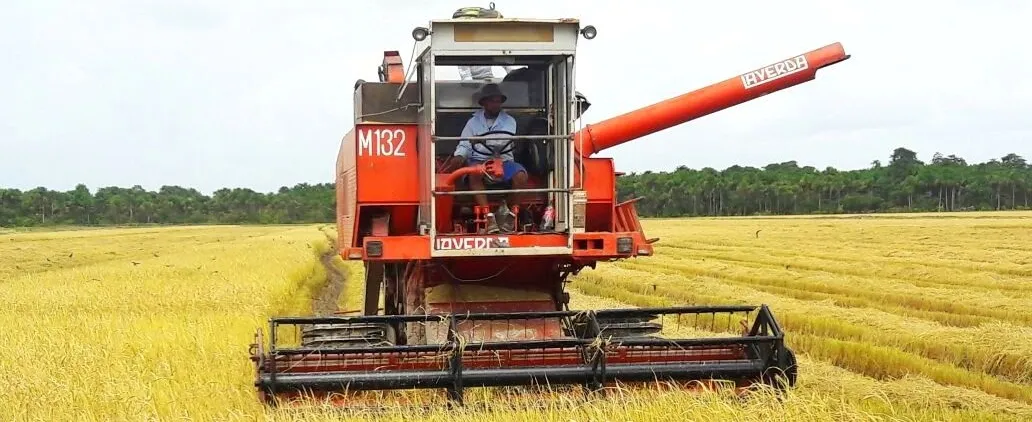The Ministry of Finance’s 2022 half-year report notes that the 10.9 per cent expansion of the agriculture sector was driven by higher output from the other crops, forestry and livestock industries.
The ministry was keen to note however that growth in these subsectors outweighed the somewhat weaker performances in sugar and rice growing, and fisheries.
The sugar industry is estimated to have contracted by 55.9 percent when compared with the first half of 2021. The Guyana Sugar Corporation (GuySuCo) produced 13,089 tonnes of sugar in their first crop of 2022. The ministry said this performance is attributed to the continued fallout from the 2021 floods, erratic weather conditions, mechanical issues and labour challenges faced by the producing estates. Based on the performance in the first half of 2022, the industry is now expected to contract by 29.5 percent this year.
Similarly, it is estimated that the rice industry contracted by 22.4 percent in the first half of the year, with total production of 290,780 tonnes of rice. The ministry said this reflects the continued impacts of the 2021 floods being felt in the first half of this year. It was reported that farmers could not re-plant their lands due to bad land conditions resulting from excessive rain in December 2021. As a result, the 2022 production target has been revised to 615,486 tonnes, and the industry is now anticipated to grow at 7.8 percent this year.
On the upside, the other crops subsector is estimated to have expanded significantly by 27.7 percent in the first half of the year. This growth is attributed to increased production across all crop categories with reported increases in cultivation. Given the magnitude of the recovery in the first half of the year, the subsector’s growth projection has been upgraded to 17.9 percent for 2022.
Additionally, the livestock industry is estimated to have grown by 4.2 percent when compared with the first half of 2021. The production of poultry meat, beef, pork and mutton grew by 9.2 percent, 6.9 percent, 18.2 percent and 28 percent, respectively. On the downside, the production of eggs and milk fell by 37.4 percent and 18.2 percent, respectively. The increased poultry meat production was attributed to increased production of black giant chicks and the importation of black giant hatching eggs. Also, the production of eggs was severely hampered by the increased incidence of bird flu in the US. Farms were unable to restock, resulting in lower hatchability. The subsector is now projected to grow by 5.1 percent this year.
As for the fishing industry, it is estimated to have contracted by 19 percent in the first half of the year on account of lower marine production. When compared with the first half of 2021, fish and shrimp production fell by 11.8 percent and 26.4 percent, respectively. Government said these declines outweighed the 444.1 percent increase in aquaculture production, which was driven by increased brackish water shrimp production. Notably, Government’s investment in aquaculture infrastructure, and drainage and irrigations systems yielded an almost 300 percent increase in the production of brackish water shrimp in the first half of the year. This, however, was not sufficient to increase overall value added from the industry. In light of the first half performance, the fishing industry is now expected to contract by 29.8 percent in 2022.
As for the forestry sector, government said it grew by an estimated 47.1 percent in the first half of the year, largely on account of significant growth in log production. At the end of June, 203,220 cubic metres of timber products were produced, compared with 137,040 cubic metres at the end of June last year, driven by higher-than-anticipated production of logs. Further to this, government said log production is up 59.8 percent when compared with the position at the end of the first six months of 2021, following a substantive increase in production from large concessions. Also on a positive note, the local demand for primary lumber has also increased year-on-year, driven by ramped up construction activity countrywide. With log production slowing as concessionaires’ quotas are used up, the expected growth rate for the sector is maintained at 13.5 percent for 2022.









